Banned Books and Challenges: What’s the difference?
The American Library Association (ALA) explains: “A challenge is an attempt to remove or restrict materials, based upon the objections of a person or group. A banning is the removal of those materials.” The ALA’s Office for Intellectual Freedom has collected data on banned books since 1990 and published lists of the most challenged and banned books since 2001.
Trying to pinpoint the most frequently banned books ever — or even in a specific period — is tricky. It’s much harder to find data from before 1990. The ALA also notes that the number of books does not equal the number of challenges because the same books are often challenged for multiple reasons. Many titles also recur from year to year.
The ALA breaks down the data by year and by decade. Here are the top 100 most banned and challenged books of the 2010s. The ALA’s report on the books most challenged or banned in 2020 was published in April 2021. As of November 2021, the 2021 data is not out yet.
So, as far as methodology goes, this is not a definitive or ranked list. Below are some of the books most frequently banned and challenged in the past ten years (2011–2021) and the reasons why. These books were challenged often during the last decade, but not all were first published recently. Many have been on the ALA’s lists multiple times in different years or decades.
10 of the Most Banned and Challenged Books and Reasons for the Challenges
Melissa’s Story (formerly George) by Alex Gino
This middle grade book was banned because it has a transgender protagonist, which some conservative, anti-LGBTQIA groups consider taboo. In 2017, the Wichita school system called the book inappropriate for children.
(Note: In 2021, the author renamed their book to avoid dead-naming the young, trans protagonist.)
The Absolutely True Diary of a Part-Time Indian by Sherman Alexie
This was banned since its 2007 publication for sexually explicit content and profanity. Since 2018, it was also challenged and banned for Alexie’s alleged sexual misconduct.
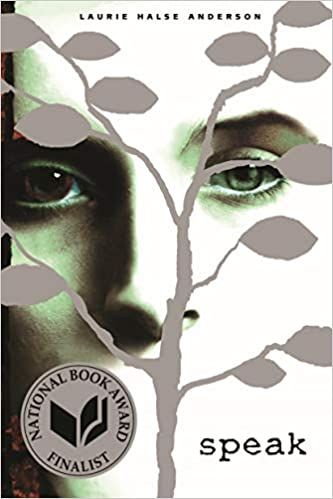
Speak by Laurie Halse Anderson
This YA novel, about a teen protagonist who’s raped at a high school party, has been controversial and challenged since it was first published in 1999. It’s been banned for depicting rape and considered biased against boys and men.
Thirteen Reasons Why by Jay Asher This YA novel about a high schooler’s suicide was the most challenged book in 2017. In 2012, it had been challenged for “drug and alcohol use, sexual content, suicide, and being unsuited for age group.” Asher was also accused of sexual harassment in 2018.
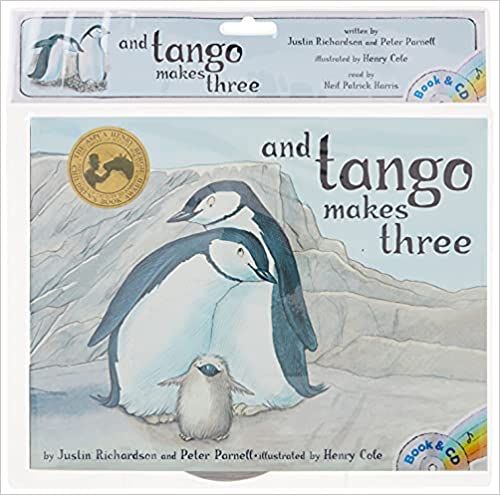
And Tango Makes Three by Justin Richardson, Peter Parnell, and Henry Cole
This 2005 picture book is based on a true story. Two male chinstrap penguins at the Central Park Zoo raise a chick, Tango, as their own. Some conservative and anti-LGBTQIA groups challenged the book, calling it “anti-family.” The authors are a married couple.
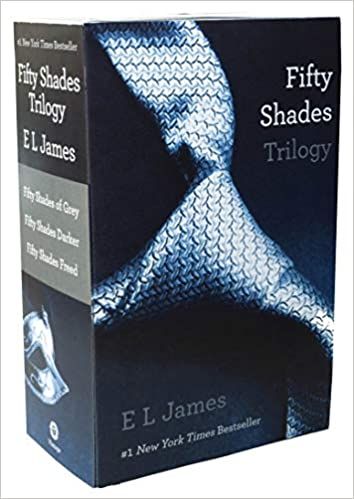
Fifty Shades of Grey by E L James
The erotic novel was challenged and banned for sexually explicit content and language, including BDSM. Libraries in Florida, Georgia, and Wisconsin pulled the book or refused to order it despite demand. Many called it pornographic or just poorly written.
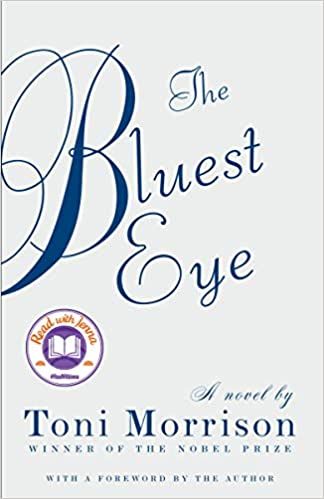
The Bluest Eye by Toni Morrison
Nobel laureate Toni Morrison’s first novel was banned for several reasons, such as graphic depictions of child abuse, including incest. Others banned it for “an underlying socialist-communist agenda.” It still receives challenges and sparks discussions about racism, self-image, and triggering content in fiction.
In October 2021, the Republican candidate for governor of Virginia, Glenn Youngkin, released a campaign ad featuring a supporter who tried to ban another Morrison novel, Beloved, from schools.
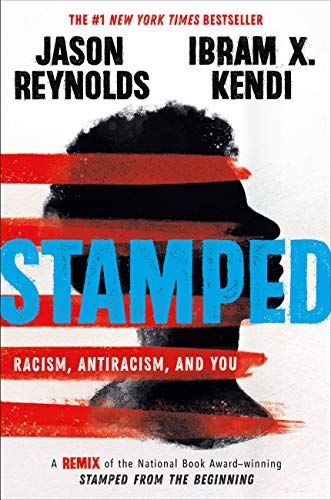
Stamped: Racism, Antiracism, and You: A Remix of the National Book Award-winning Stamped from the Beginning by Ibram X. Kendi and Jason Reynolds
Stamped is a more accessible, YA adaptation of Kendi’s Stamped from the Beginning: The Definitive History of Racist Ideas in America, a National Book Award winning nonfiction book over 600 pages long. It was banned because of controversial comments by Kendi and was also one of many antiracist books challenged in 2020.
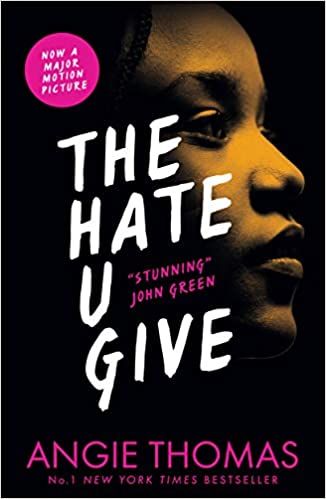
The Hate U Give by Angie Thomas
This 2017 YA novel about Starr Carter, who witnesses a police officer murder her friend Khalil, was banned for depicting drug use, gun violence, and supposedly an anti-police message. In 2020, after protests over the murder of George Floyd, this was among the year’s top 10 most banned books.
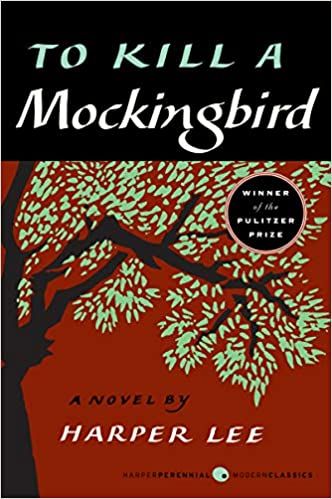
To Kill a Mockingbird by Harper Lee
Harper Lee’s 1960 novel was challenged for “racial slurs and their negative effect on students, featuring a ‘white savior’ character, and its perception of the Black experience.” As Book Riot’s Danika Ellis pointed out in April 2021, not all challenges are for bigoted reasons, though many are. In the case of To Kill a Mockingbird, a 60-year-old novel with racist slurs was considered outdated and detrimental to students.
More on the Most Banned Books
As many other writers have already noted, groups have often challenged books for LGBTQIA themes, sexually explicit content, graphic violence, and racial and political themes. When the same few antiracist books were widely assigned in 2020, those were often banned.
Butler University’s library made a list of commonly banned novels also considered literary classics, with links to other sources.
In October, Book Riot’s Kelly Jensen described the history of Banned Books Week. She also offered tips on fighting censorship in general, instead of overemphasizing banned books. Being banned doesn’t automatically make a book good or bad. Kelly called out euphemisms for prejudice: “It is in no way about fear of their children learning about groups different than them. It’s about white supremacy. It’s about power.”
That’s a great point. If we conflate or gloss over the reasons for censorship, we create false equivalencies. Racism is intentionally divisive. It becomes even more divisive and destructive if people suppress facts about history and racism. Likewise, learning about LGBTQIA people is not an inappropriate topic for children.
And here’s a primer on censorship.
Source : 10 of the Most Banned and Challenged Books in the Last Decade








